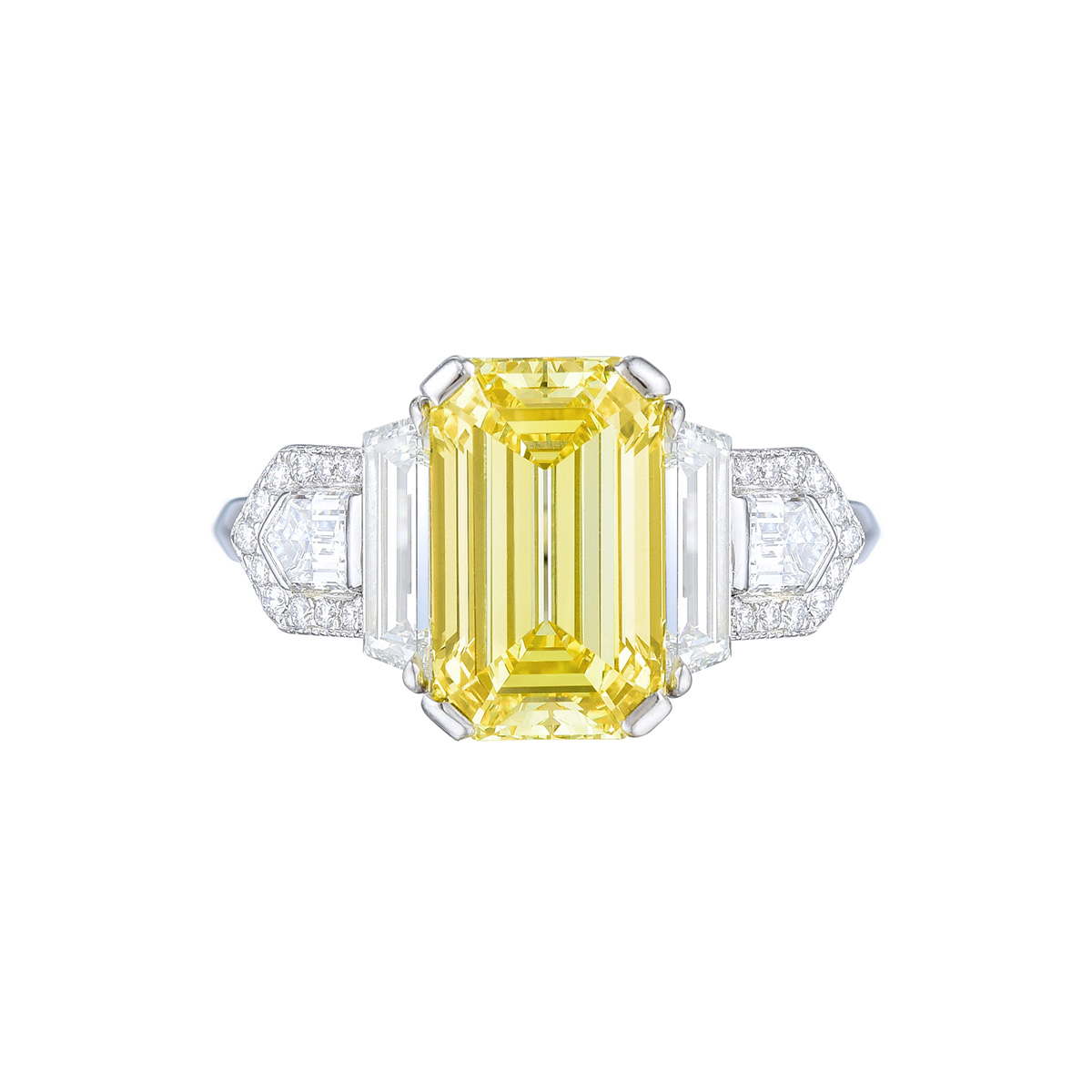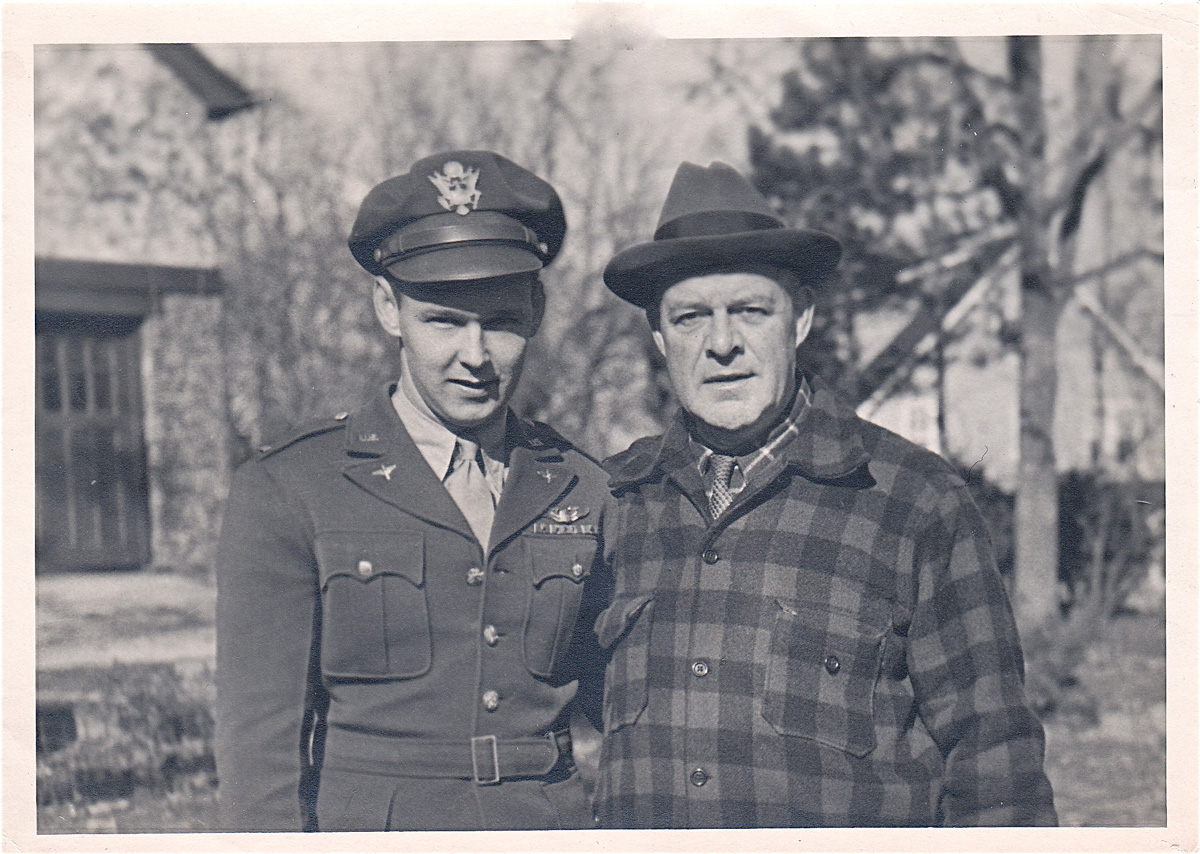
One of the most influential jewelry designers of the early twentieth century, Raymond Carter Yard came from humble beginnings. Born in 1885 in Montclair, New Jersey, Yard’s father, William Yard, was a railroad conductor on the New Jersey-to-Manhattan track. His mother, Caroline Dehart, took care of the family.

During that era, it was common for everyone in the family to work and young Yard had a newspaper route. Along his delivery path he met jeweler William Herman Marcus, owner of Marcus & Co. in New York City. Marcus took the railroad into Manhattan to work every day and while on the train he became friendly with William Yard. The elder Yard came down with tuberculosis in 1897 and died soon after. But not before mentioning to his friend Marcus that he was concerned about what would happen to his family after his death.
Marcus offered Raymond Yard a job opening doors and running errands for his store. Although he was only 13 years old, Yard accepted the job in Manhattan. He moved to the City with his mother, who worked as a cleaning lady. The job at Marcus & Co. changed Yard’s life and started him on his career path.
“Raymond Yard didn’t choose the jewelry industry,” comments Robert M. Gibson, president, Raymond C. Yard Inc., whose father was president of the firm before him and was personally mentored by Yard. “It chose him. He had talents he didn’t know that he had. His ambition was to be the best that he could be.”

Working by day, Yard studied jewelry making at night and learned all aspects of jewelry, from production to sales. He eventually became a sales associate at Marcus & Co., with a strong high-society following that included John D. Rockefeller, Jr. In 1922, encouraged by Rockefeller, Yard opened a store at 522 Fifth Avenue. Rockefeller referred his friends to Yard and soon the young jeweler had an elite following of some of the most prominent families of the day, including names such as Vanderbilt, Woolworth, DuPont and Harriman. Hollywood also recognized Yard’s talent and he counted Joan Crawford and Douglas Fairbanks as clients.
In the foreword to the coffee-table book Yard: The Life and Magnificent Jewelry of Raymond C. Yard, authored by Natasha Kuzmanovic, David Rockefeller writes: “In the early 1920s, my father, John D. Rockefeller, Jr., met Raymond Yard, a young jewelry salesman at Marcus & Co. in New York. Impressed by his knowledge of fine jewelry and personal integrity, Father encouraged Raymond Yard to open his own firm. The two of them developed a close personal and professional relationship…”
Adds Gibson, “His clients were the crème de la crème of society. Raymond Yard knew that they wanted jewelry that was very refined and creative. He catered to that.”
Yard was generous of spirit and a true gentleman in all of his dealings with people, not just with his clients, but with his employees and vendors as well. He supported and helped to establish others in the business at a time when many craftspeople were coming to America and the industry was growing and vibrant. He had a reputation for being fair and kind. Yard’s gentlemanly manner and exquisitely crafted jewelry both contributed to his success.
“A couple of things set Yard apart from other jewelers,” observes Gibson. “He was very restrained in his use of color. He used more diamonds and less color so that the color was strong, which made the jewelry very dramatic. He also mixed a lot of brilliant and step-cut diamonds, creating a juxtaposition of brilliance that made it easy to see the details in a piece.”
Some of Yard’s most recognizable designs are his personified rabbit charms and brooches. The rabbits were designed as golf caddies and most famously, during the prohibition era, waiters carrying cocktails. These rabbits are highly collectable today.

Upon his retirement in 1958, Yard passed the company to Robert Gibson, who had been Yard’s golf caddy. Yard personally mentored Gibson, who had also lost his father at a young age, becoming not only a boss, but also a second father to him. Raymond Yard passed away in 1964. Gibson continued Yard’s tradition of fine jewelry making, later turning the firm over to his son, also named Robert Gibson.
“We still use the same standards today as in the old days,” concludes the younger Gibson. “People love the experience of sitting down and discussing a piece of jewelry and building it from the ground up. They love being a part of the design process; it’s a very personal experience.”

